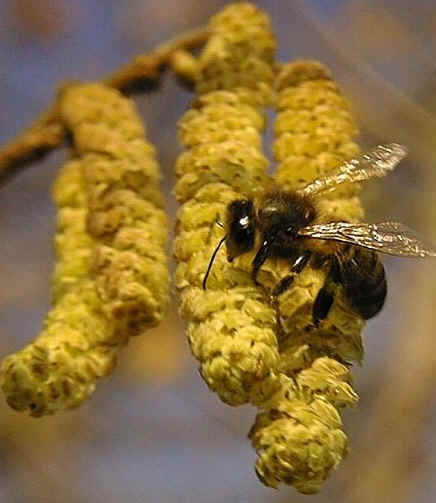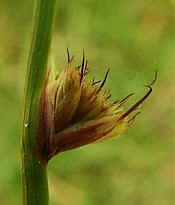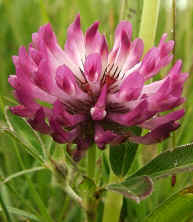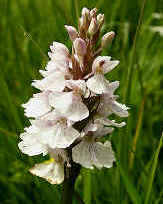FLOWERING PLANTS
Introduction
 |
 |
 |
 |
| Male Hazel Flowers | Soft Rush Flower | Red Clover | Orchid |
| Flowering plants are plants which produce flowers as their
reproductive structures. They come in a great variety of shapes and sizes and include
grasses, sedges, rushes, many trees, as well as familiar plants like daffodils and
daisies. Flowers often, though not always, have brightly coloured petals. The flowers
conceal inside them the female ovules which will be fertilised by pollen grains. The
pollen grains are the male parts of the flower. Fertilised ovules develop into the seeds
from which new plants will grow. The fact that the ovules are protected inside flowers has contributed greatly to the success of flowering plants. They are found in every kind of habitat from deserts to rivers and even in the sea. There are about 250,000 known species. Some flowering plants are wind pollinated. This means that they rely on wind to carry the pollen grains from one flower to another. Wind pollinated plants such as grasses and many trees, including Oak and Birch, usually have inconspicuous, small flowers. Other flowering plants are pollinated by insects. These plants often have very brightly coloured, highly scented flowers which may produce sugary nectar. These features attract insects which will then carry pollen from one flower to another, as they search for hidden nectar. Some flowering plants have evolved complex relationships with particular species of pollinating insects.
|
